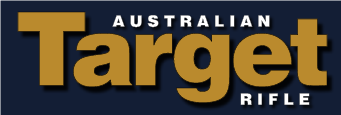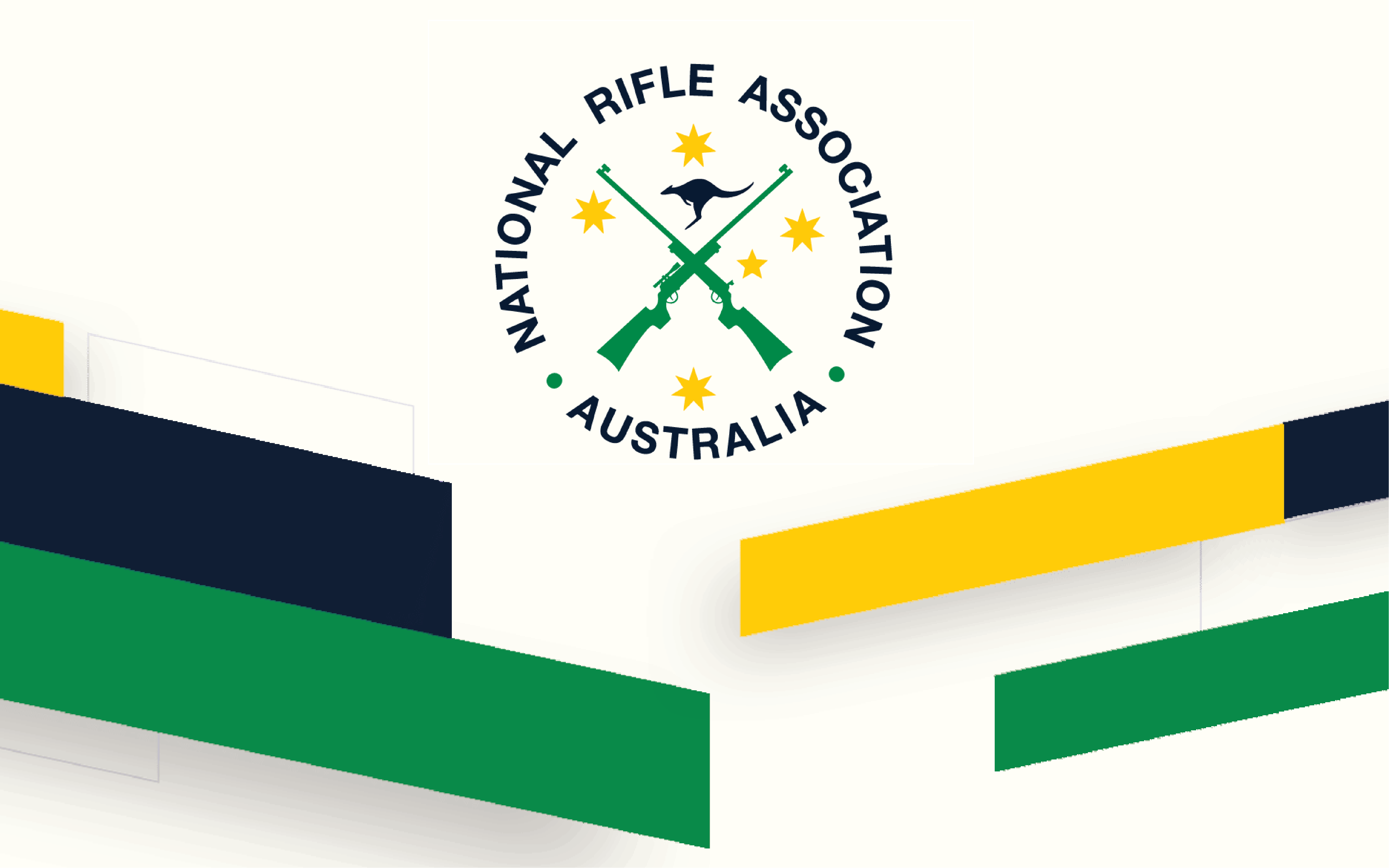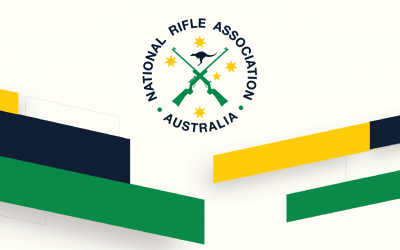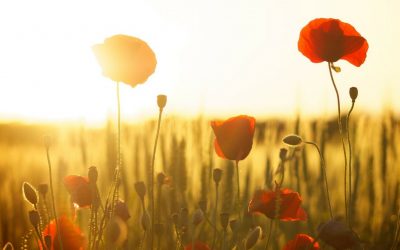During the Second World War, beginning in May of 1940, the Returned Services League undertook to organise a volunteer organisation for national defence if it was permitted by the Commonwealth[1].
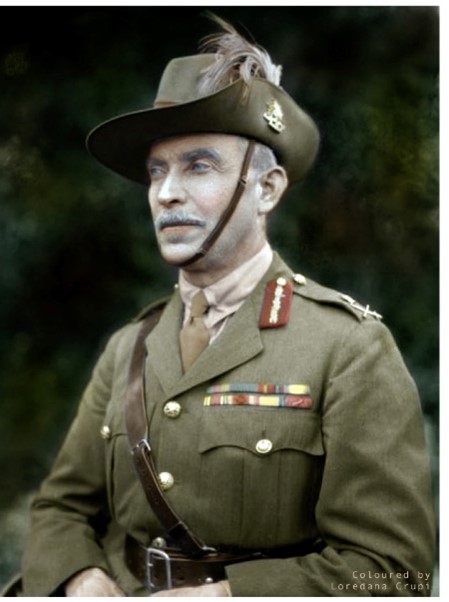
Harry Chauvel (left) was recalled to serve as the Inspector In Chief of the VDC[2] a position he held until his death in 1945.
By July 1940, from 37 sub-branches of the RSL some 3000 men had enrolled in the RSL Volunteer Defence Corps. Many of these men were veterans of the First World War and too old to enlist in active service.
The role of the VDC was seen to be freeing up younger men for combat by taking on the role of coast watchers, security of airfields and other essential facilities at home in Australia as well as being a line of defence should Australia be invaded. It was considered to be a valuable service to Australia.
The movement grew quickly[3] with it being reported that nearly 100,000 men had been enrolled at its peak in 1942. Joining the VDC also gave men in reserved occupations a chance to serve during the war.
The men wore embroidered armbands issued by the Commonwealth with “RSL” & “VDC” that also allowed for a miniature of the colour patches of their previous AIF Unit to be displayed. The men were also issued uniforms in green which bore a VDC colour patch and wore slouch hats.
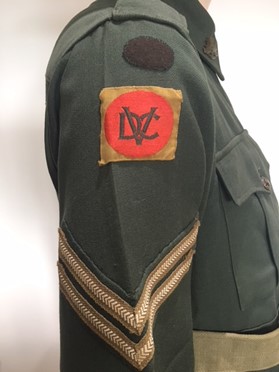

Initially, the Rifle Clubs were seen as an advantage to the training the VDC units in the handling of weapons since they already operated under the auspices of the Department of Defence and were regarded as skilled marksmen able to train novices in the art of rifle shooting.
The VDC made use of existing Rifle Ranges and in some cases built their own.
By October 1941, Rifle Clubs were placed in recess and the rifles of Rifle Club Members were requisitioned by the Army except if the member enlisted in a VDC in which case they were allowed to retain them, although the rifles were seen to then be the property of the Commonwealth.
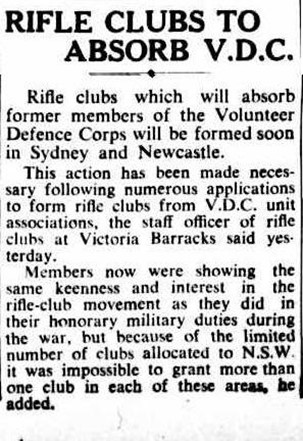
Following the war, VDC members who were previously members of Clubs were allowed to retain their rifles until such time as the future reinstatement of rifle clubs had been determined. The National Rifle Association estimated that there were some 50,000 riflemen without rifles waiting for the resumption of shooting.
Ex-VDC members also showed interest in taking up rifle shooting after the war and a number of Clubs were formed when Rifle Clubs were reestablished in August 1946.
Clubs returning to shooting were allowed 2 rifles per 5 members while ex-VDC men joining a Rifle Club were permitted to purchase their (own) rifle used during their VDC wartime activities.
Two of the VDC Clubs formed after the war and shooting on Anzac Rifle Range, Malabar are Hurstville VDC and Sydney VDC.
Sources:
NLA Trove Newspapers
Pickering Brook Heritage Group Inc.
[1] https://trove.nla.gov.au/newspaper/article/40943405?searchTerm=RSL%20Volunteer%20Defence%20Corps
[2] https://loredanacrupi.wordpress.com/2015/04/16/harry-chauvel-a-born-cavalry-officer/
[3] https://pickeringbrookheritagegroup.com.au/soldiers/v-d-c-volunteer-defence-corps/
